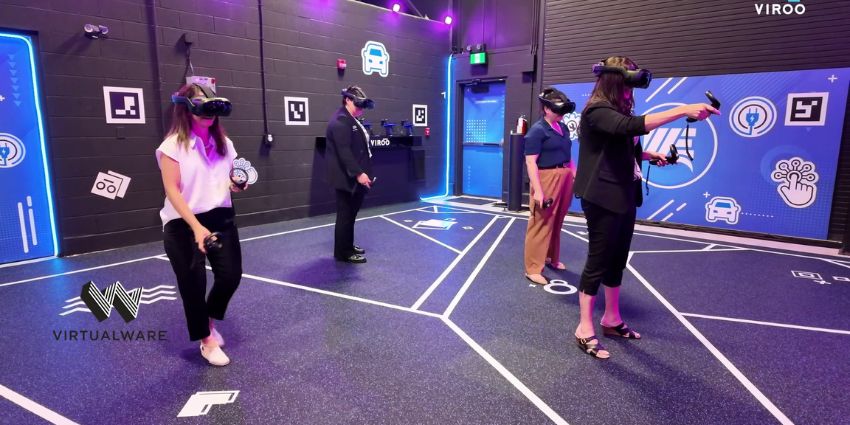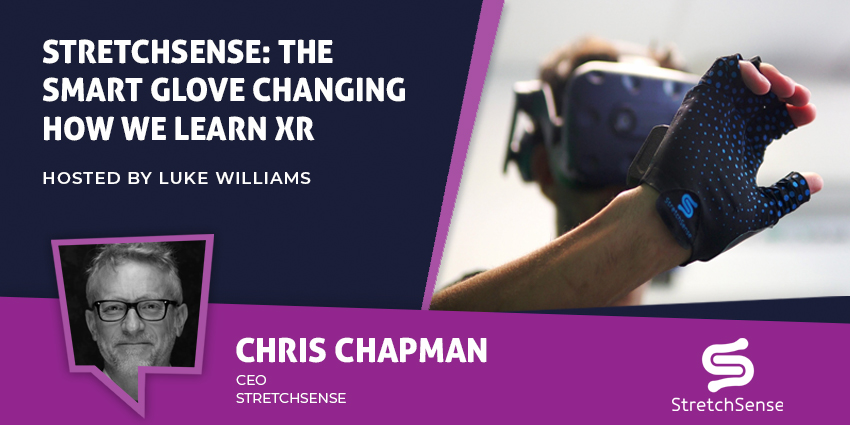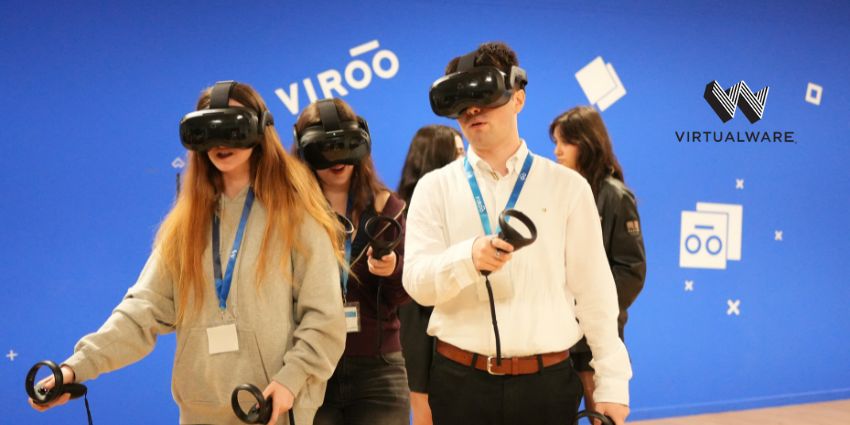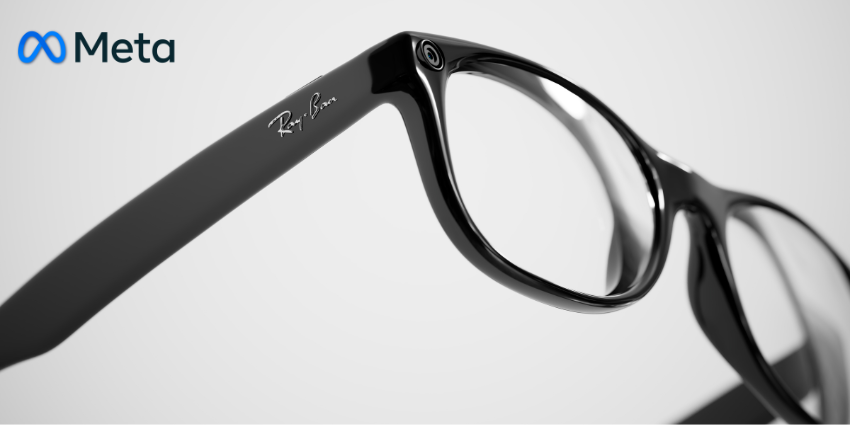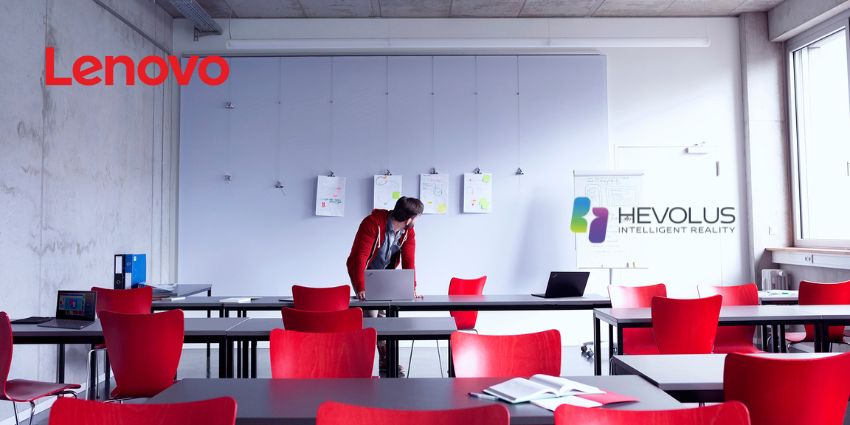Arthur Technologies is a 2016-founded augmented reality (AR) and virtual reality (VR) company based out of Germany. Arthur is relatively new to the market, raising funds as recently as December 2020. But that doesn’t mean Arthur is just another also-ran in Europe’s burgeoning AR/VR space. Last year, the company picked up an impressive $2.5 million for targeted investments in its new VR office platform.
At a time when most of us are facing Zoom-fatigue and Teams-tension, Arthur’s VR alternative could offer a refreshing new twist on remote collaboration.
What are the Key Features of Arthur’s VR Offering?
Arthur’s virtual reality office (powered by AWS) could find widespread application, thanks to its thoughtfully designed feature set. Its most relevant capabilities for collaboration power users are:
Collaborative VR Presentations
Think screen sharing but only more immersive. Arthur lets you upload a presentation file onto its platform so you can present it to meeting participants, whose avatars are rendered in a 3D format. Participants can interrupt or ask questions, and you – as the presenter – can point to specific elements of a deck to persuade the audience.
VR Whiteboarding Sessions
Like presentations, whiteboarding too gets a facelift in Arthur’s virtual office platform. The avatars of meeting participants can interact with a 3D rendering of a whiteboard, exactly the way you would scribble on a physical black or whiteboard in your office.
In-App File Management
File management on Arthur doesn’t rely heavily on AR/VR, but it is a pretty nifty capability to have around. You can use Arthur as your primary file storage and sharing system (replacing the likes of OneDrive or Dropbox), interacting with it in a manner that is similar to watching Netflix on a VR headset. In other words, the visual representation is 2D, but you can still interact with it in an immersive space.
3D Design and Simulation
This is where Arthur really comes into its own. Using its VR capabilities, you can brainstorm or prototype entirely in 3D, visualising product concepts in a tangible form. We could imagine myriad applications across sectors such as product design in manufacturing, architecture and real estate, urban design for the public sector, and several others.
Benefits of Arthur’s Virtual Office
Arthur’s biggest benefits are the ones you’d expect from any VR-based collaboration platform: more seamless remote work, time/cost savings by eliminating commute and rent, and environmental sustainability. The company reports that Arthur users have managed to cut down on travel by 90%, significantly reducing their carbon footprint.
Arthur also makes way for more efficient collaboration, as you could potentially create a quick MVP without having to invest in physical prototyping. Companies such as PwC and the ILO’s International Training Centre are already using this technology for measurable gains.
When Will Arthur be Publicly Available?
Arthur is currently in public Beta on the Oculus VR Headset Series, with iOS and Google releases scheduled for later this year. The company has more features in store – you can learn more and join the waitlist on its website.


